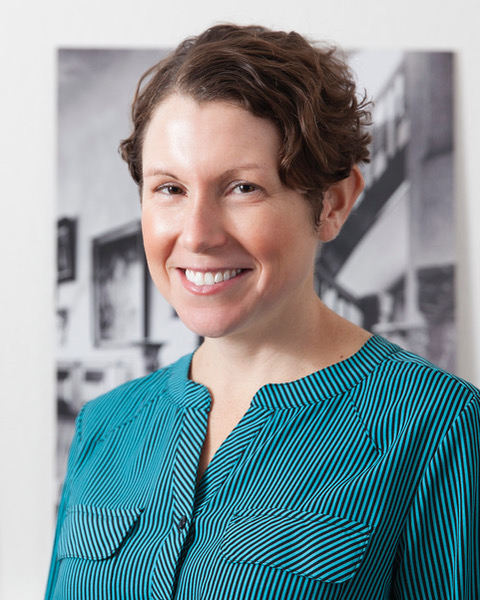Encrypted Repositories: Techniques of Secret Storage from Desks to Databases

September 6th, 2019
Case Library & Geyer Center for Information Technology
Ours is an age of leaks and hacks, of doxing and public shaming. Yet we are not alone in our fascination with security and secrecy (or the lack thereof). Many historians have described the 18th century as an age of secrets – of espionage and secret societies, of new forms of private writing and sartorial features allowing for the confidential carriage of objects. This desire for discretion also informed, and was informed by, new modes of organizing space. In this paper I’ll examine how 18th-century techniques in cabinetry and lock-making generated furnishings that served as encryption devices requiring specialized knowledge for their operation, and cultivating new techniques of secrecy among their users. Covert compartments and false bottoms – taken to their extreme in the nested designs of German furnituremakers Abraham and David Roentgen – facilitated the clandestine storage of private documents, personal letters, and treasured objects. These furtive furnishings then evolved into the intricately pigeonholed and slotted equipment of the 19th-century office, like the Wooton Desk and the filing cabinet, both securing informational architectures and bureaucratic logics behind lock and key. Our eventual transition to digital desktops then necessitated new forms of security and secrecy – lockboxes, keys, and encryption techniques – that take cues from their forebears in analog security. And today, as we move beyond the graphical user interface, past skeuomorphic representations of sturdy cabinets and locked files, we’re developing new techniques of secrecy – some harkening back to the days of paperwork-based paranoia and oral espionage. This paper maps out these interlocking histories of technique: techniques of secrecy, information management, furniture making, security engineering, and encryption.
Shannon Mattern is a Professor of Anthropology at The New School for Social Research. Her writing and teaching focus on archives, libraries, and other media spaces; media infrastructures; spatial epistemologies; and mediated sensation and exhibition. She is the author of The New Downtown Library: Designing with Communities, Deep Mapping the Media City, and Code and Clay, Data and Dirt: Five Thousand Years of Urban Media, all published by University of Minnesota Press. In addition to writing dozens of articles and book chapters, she also contributes a regular long-form column about urban data and mediated infrastructures to Places, a journal focusing on architecture, urbanism, and landscape, and she collaborates on public design and interactive projects and exhibitions. You can find her at wordsinspace.net.